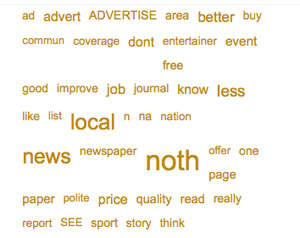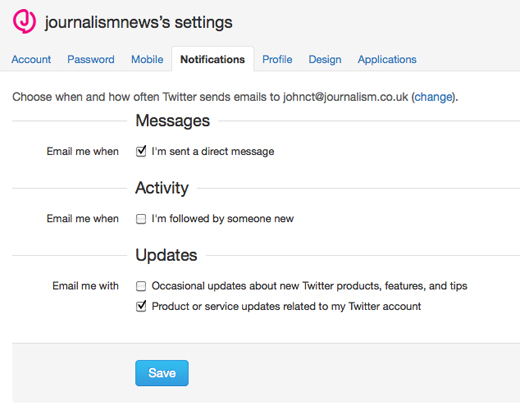
Image by Arenamontanous on Flickr. Creative commons licence. Some rights reserved
The editor of glossy listings title The Richmond Magazine has done a partial backpedal today after invoking the wrath of cyclists.
The Bike Biz yesterday highlighted comments made by Richard Nye in an editorial column in the September issue of the magazine in which he said “the only good cyclist is a dead one”.
Nye wrote how the Olympics had temporarily altered his view of cyclists:
After years of sullen rage against the cycling fraternity – as a daily driver on busy roads, I tend towards the temperate view that the only good cyclist is a dead one – I suddenly found myself experiencing strange feelings of attachment towards the pedal stars of Team GB.
He later described a drive home from a long day at work:
“Bastardo!” I yelled at the windscreen. “Cycling swinehunt! Two-wheeled son of Beelzebub!” A huge wave of relief surged through me. At last I was back to normal.
Bike Biz reported that a bike shop had withdrawn advertising from the glossy listings mag and pointed out that only yesterday Your Local Guardian reported the death of an elderly cyclist killed in Walton, a few miles from Richmond.
Nye tweeted via the @TheRichmondMag account to say:
I am astonished at the reaction to my blog, which had nothing to do with cyclists being killed. I would never joke about such a thing. People have misunderstood my use of phrase.
The @TheRichmondMag then tweeted to say that Nye was on holiday, promising the post an update today.
The Times (paywall), which runs a safe cycling campaign, has got hold of Nye. He reportedly told the news outlet:
With regard to my remark about the only good cyclist being a dead one, it is just a phrase, like people who said during the Cold War that ‘the only good Russian is a dead one’. It’s a standard English phrase. It doesn’t actually mean you want to see that person dead. I absolutely don’t wish cyclists any ill.
I was suggesting that I used to be really angry at cyclists, then we all had this cycling love-in at the Olympics, and then to my relief I went back to being this angry person again. That’s not actually something to be relieved about. It had irony written all over it. I don’t shout such things at cyclists.
If I were writing the piece again, I perhaps wouldn’t choose to use that phrase and if there are individuals out there who have suffered a painful loss as a result of a cycle accident, then to those individuals I am very sorry and it certainly wasn’t anywhere in my thoughts at all to think about cycling fatalities when I wrote that line.
This wasn’t a deadly serious piece. It was a slightly ironic piece aimed as much at my own eccentricity as anything else.
Commenting on the interview to The Times, Bike Biz adds:
However, digging a hole for himself, he added “a lot of cyclists behave in ways that don’t help anyone, least of all themselves”.










